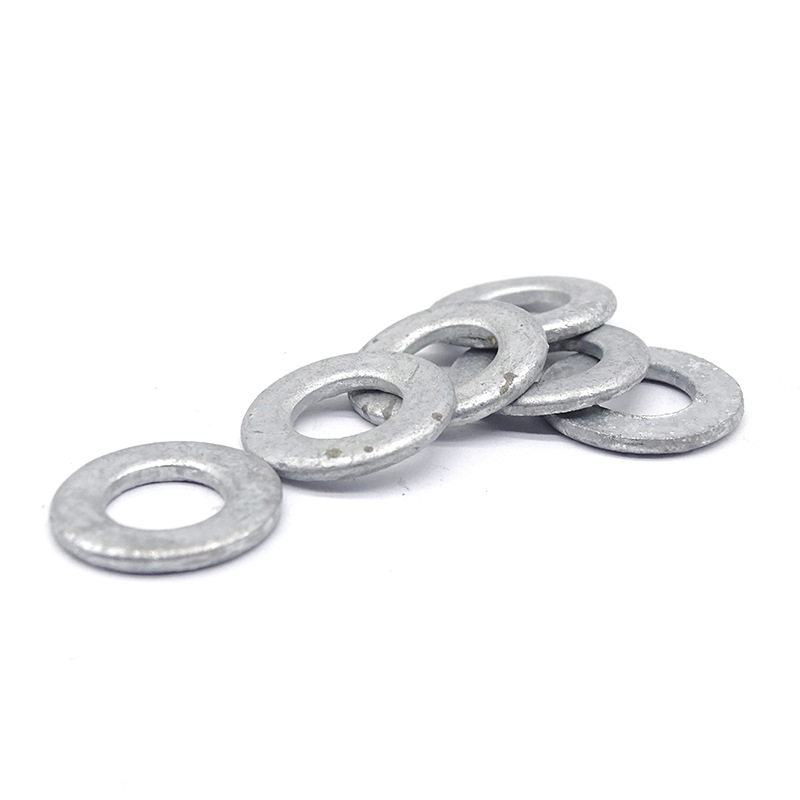

wall fasteners
Oct . 09, 2024 11:30 Back to list
wall fasteners
Understanding Wall Fasteners Essential Components for Construction and Design
When it comes to construction and interior design, one of the often-overlooked but crucial elements is wall fasteners. These small yet essential components play a significant role in ensuring that various fixtures, fittings, and decorations are securely attached to walls. This article explores the importance of wall fasteners, the types available, and best practices for their use.
What Are Wall Fasteners?
Wall fasteners are hardware devices that help secure objects to walls. They come in various forms, including screws, anchors, and other types of fasteners that vary depending on the material of the wall and the weight and type of object being attached. Properly chosen and installed, wall fasteners ensure the stability and safety of items, from picture frames to heavy shelving units.
The Importance of Choosing the Right Fastener
Selecting the correct type of wall fastener is crucial for several reasons. Firstly, the type of wall material—whether it is drywall, plaster, concrete, or brick—greatly influences the choice of fastener. For instance, drywall requires different fastening solutions than concrete. Using the wrong type of fastener can result in inadequate support, leading to damage or accidents.
Secondly, the weight of the object to be attached must be considered. Light items, such as small pictures, can often be secured with simple nails or screws, while heavier items, such as large mirrors or shelving units filled with books, necessitate more robust solutions, like toggle bolts or heavy-duty anchors.
Types of Wall Fasteners
1. Screws These are perhaps the most common type of fastener. They are available in various sizes and types, including wood screws, sheet metal screws, and self-drilling screws. Screws are ideal for attaching lighter items to studs.
2. Wall Anchors For items that cannot be secured directly to a stud, wall anchors provide a solution. Plastic anchors are commonly used for lightweight items in drywall, while metal anchors provide increased strength for heavier objects. Toggle bolts are an excellent choice for securing heavy items since they distribute the load over a larger area.
3. Hammer Drive Anchors Typically used for concrete and masonry walls, these anchors require a hammer for installation and are designed to expand within the hole when driven, offering considerable holding power.
wall fasteners

4. Adhesive Fasteners For light decorations or temporary installations, adhesive strips or velcro can be used. These are particularly popular for renters who may want to avoid putting holes in walls.
5. Masonry Screws Specifically designed for use in brick and concrete, these screws create a secure hold without the need for a wall anchor, making them an efficient choice for securing heavy items.
Best Practices for Using Wall Fasteners
1. Weight Assessment Always check the weight of the object you want to hang. Make sure to choose a fastener that can support that weight with a reasonable safety factor.
2. Finding Studs For items requiring more robust support, use a stud finder to locate the wooden studs behind drywall. Attaching items directly to studs enhances stability and reduces the risk of bending the fastener or damaging the wall.
3. Follow Instructions Each type of wall fastener comes with specific installation instructions that should always be followed. Incorrect installation can lead to failure.
4. Use Appropriate Tools Make sure you have the correct tools for the fastener you choose. A drill may be needed for anchors, while a simple screwdriver may suffice for screws. Using the wrong tool can lead to ineffective installation.
5. Consider Future Changes If you’re planning on frequently changing the layout of your decorations or furniture, consider using fasteners that allow for easy removal and reattachment without damaging the wall.
Conclusion
Wall fasteners may be small, but their impact on safety and aesthetics in construction and design is significant. By understanding the different types available and selecting the appropriate fastener for each situation, you can ensure that your installations are not only attractive but also safe and secure. Whether you're a homeowner, a DIY enthusiast, or a professional contractor, a solid knowledge of wall fasteners is crucial to successful projects.
Latest news
-
High-Strength Hot Dip Galvanized Bolts - Hebei Longze | Corrosion Resistance, Customization
NewsJul.30,2025
-
Hot Dip Galvanized Bolts-Hebei Longze|Corrosion Resistance&High Strength
NewsJul.30,2025
-
High-Strength Hot-Dip Galvanized Bolts-Hebei Longze|Corrosion Resistance&High Strength
NewsJul.30,2025
-
Hot Dip Galvanized Bolts-Hebei Longze|Corrosion Resistance&High Strength
NewsJul.30,2025
-
Hot Dip Galvanized Bolts - Hebei Longze | Corrosion Resistance, High Strength
NewsJul.30,2025
-
High-Strength Hot Dip Galvanized Bolts-Hebei Longze|Corrosion Resistance, Grade 8.8
NewsJul.30,2025

